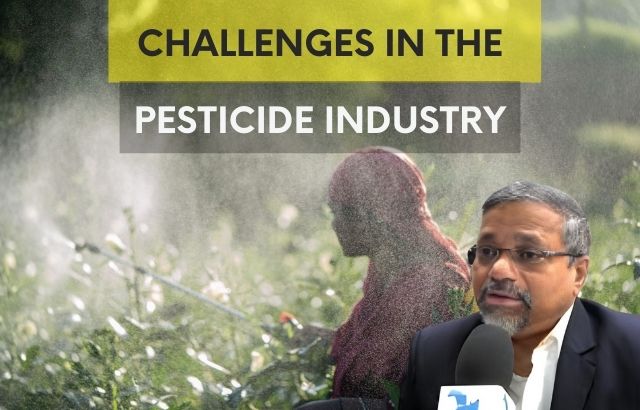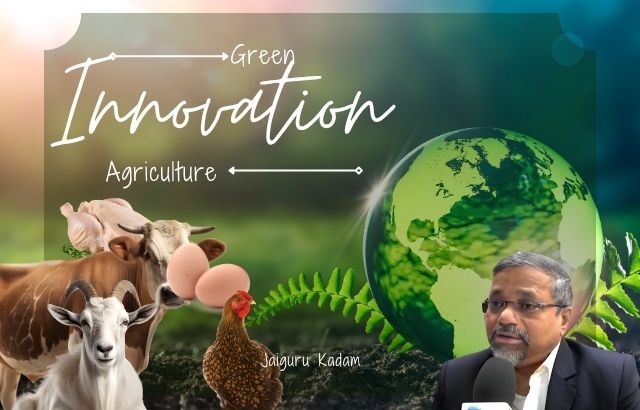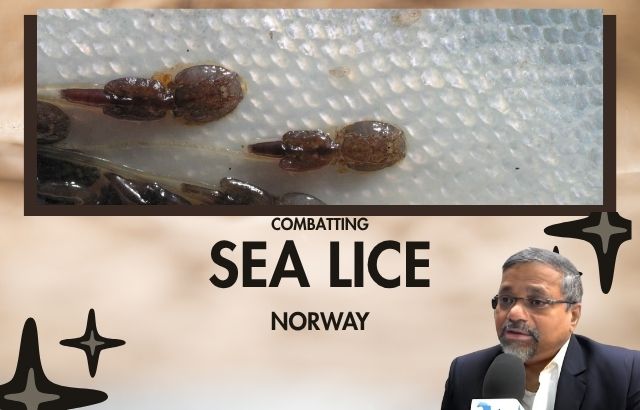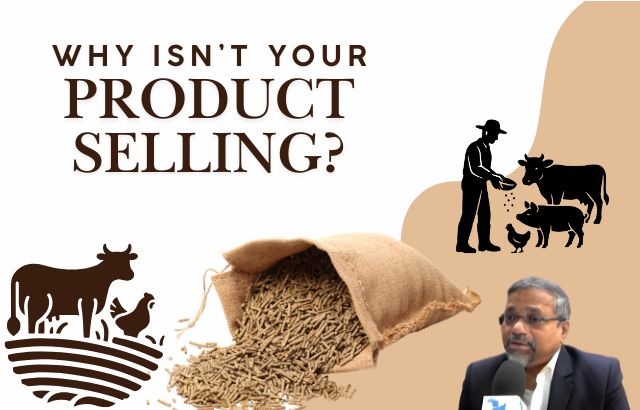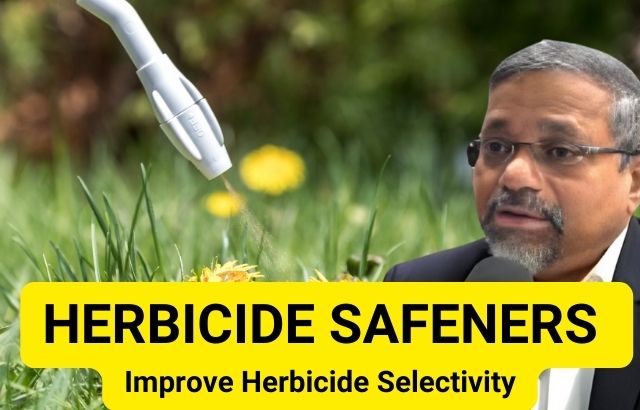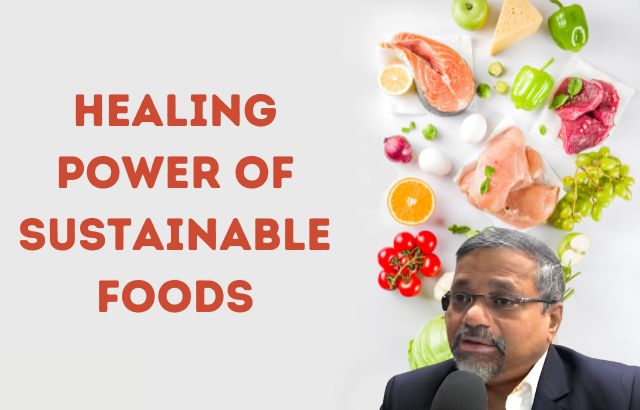The pesticide industry plays a crucial role in ensuring the global food supply by protecting crops from pests, diseases, and weeds. However, it faces several challenges that have spurred innovation and change. Among these challenges are environmental concerns, regulatory pressures, resistance management, and the growing demand for sustainable farming practices.
In this blog, we will explore these challenges in-depth and examine how green innovators, like Jaiguru Kadam, are helping the pesticide industry navigate them by developing more sustainable solutions.
Key Challenges in the Pesticide Industry
- Environmental Impact and Sustainability
Traditional chemical pesticides, while effective, can have significant environmental consequences. They can contaminate soil, water, and air, harming non-target species, including beneficial insects like bees and butterflies. As public awareness of environmental issues rises, consumers and regulators are pushing for more sustainable practices. - Resistance Management
Pests and weeds can develop resistance to pesticides over time, reducing the effectiveness of chemical treatments. This is a growing issue in agriculture, as the widespread use of a single type of pesticide can lead to the rapid evolution of resistant pests. Resistance management strategies, such as rotating pesticides and using integrated pest management (IPM), have become critical. - Regulatory Pressures
The pesticide industry is highly regulated, with strict guidelines concerning safety, usage, and disposal. Regulatory bodies like the EPA in the United States or EFSA in Europe require companies to meet stringent standards for product approval. This has led to increased research costs and the need for continuous innovation to stay compliant. - Health Concerns and Consumer Demands
Public concern about the health effects of pesticide residues on food has prompted calls for safer, more natural alternatives. Consumers are demanding pesticide-free or organic products, and companies must adapt to these demands while balancing the need for effective pest control.
The Role of Green Innovators in Overcoming These Challenges
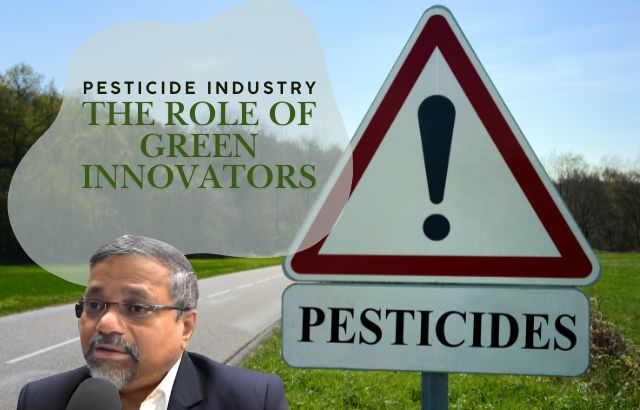
Jaiguru Kadam is a leading green innovator in the pesticide industry, dedicated to finding sustainable and eco-friendly solutions to these challenges. His work, which focuses on reducing environmental impact and improving the efficiency of pest control methods, has had a significant influence on the way the industry approaches pest management.
Jaiguru Kadam’s Contributions
- Development of Biopesticides
Jaiguru Kadam has been instrumental in advancing the use of biopesticides. These are naturally derived pesticides made from organisms like bacteria, fungi, or plants. Unlike traditional chemical pesticides, biopesticides are safer for the environment and non-target species. Kadam’s work includes researching plant-based pesticides that can effectively control pests while reducing ecological damage.- Example: Through Kadam’s innovation, biopesticide formulations have been developed that are more effective against common crop pests such as aphids and whiteflies, offering a more sustainable alternative to chemical pesticides.
- Promoting Integrated Pest Management (IPM)
One of Jaiguru Kadam’s key contributions is his advocacy for Integrated Pest Management (IPM). This holistic approach combines biological, physical, and chemical methods to control pests in a sustainable and environmentally friendly way. By focusing on prevention, monitoring, and natural pest control solutions, IPM reduces reliance on chemical pesticides and minimizes their harmful effects on ecosystems. - Precision Agriculture Solutions
Kadam has also worked to develop precision agriculture tools that allow for targeted pesticide application. These tools include advanced sensors, drones, and GPS technologies, which can monitor pest populations in real-time and apply pesticides only where needed. This reduces the amount of pesticide used, helping to lower both costs and environmental damage.- Example: Through his innovations, farmers have been able to cut down pesticide application by up to 25%, achieving better results with fewer chemicals.
- Nano-pesticides Development
Jaiguru Kadam has been involved in researching the use of nano-technology to create nano-pesticides, which deliver pesticides more efficiently to the target areas. These tiny particles allow for more effective pest control with smaller amounts of pesticide, leading to reduced environmental contamination and increased precision.
Calculations by Green Innovators Helping the Pesticide Industry
- Reduction in Pesticide Use with Precision Agriculture
Precision agriculture allows farmers to apply pesticides only where they are needed, significantly reducing overuse. For example, a study showed that precision pesticide application could reduce pesticide use by 15-25% on average. This translates into both cost savings and environmental benefits.- Example Calculation:
If a farm uses 1,000 liters of pesticide per season and can reduce pesticide use by 20% through precision agriculture, the reduction would be: 1,000 liters×20%=200 liters of pesticide saved.1,000 \, \text{liters} \times 20\% = 200 \, \text{liters of pesticide saved}. This not only reduces costs but also lowers the risk of chemical runoff into nearby ecosystems.
- Example Calculation:
- Biopesticides Effectiveness
If a biopesticide is 80% effective in controlling a specific pest, compared to a chemical pesticide with 90% effectiveness, the difference might seem small. However, when used in an integrated system or combined with other pest control methods, the biopesticide can still be highly effective with a lower environmental cost.- Example Calculation:
If the cost of chemical pesticides is $10 per liter and biopesticides cost $12 per liter, but biopesticides only need to be applied half as frequently, the overall cost becomes: 2 applications of biopesticide×12=24 dollars.2 \, \text{applications of biopesticide} \times 12 = 24 \, \text{dollars}. Versus chemical pesticides: 4 applications of chemical pesticide×10=40 dollars.4 \, \text{applications of chemical pesticide} \times 10 = 40 \, \text{dollars}. The cost savings with biopesticides are evident when considered alongside their environmental benefits.
- Example Calculation:
FAQs: Green Innovators Helping the Pesticide Industry

1. What are green innovators doing to reduce pesticide use?
Green innovators, like Jaiguru Kadam, are developing technologies such as precision agriculture, biopesticides, and integrated pest management (IPM) to reduce the amount of pesticide needed for effective pest control. These innovations aim to improve efficiency while minimizing the environmental footprint.
2. How do biopesticides differ from traditional pesticides?
Biopesticides are derived from natural sources like plants, bacteria, or fungi and tend to have less harmful environmental effects than chemical pesticides. They are often more targeted and safer for non-target species, including humans.
3. Can precision agriculture help save money on pesticides?
Yes, precision agriculture uses advanced technology such as GPS, sensors, and drones to apply pesticides more efficiently, reducing waste and overuse. This can lead to significant cost savings for farmers while also reducing environmental impact.
4. What is Integrated Pest Management (IPM)?
IPM is a sustainable pest control approach that combines biological, cultural, physical, and chemical methods to manage pest populations. The focus is on using the least toxic methods first and applying chemical pesticides only when necessary.
5. How do nano-pesticides work?
Nano-pesticides use tiny particles to deliver pesticide more efficiently to targeted areas. This reduces the overall amount of pesticide needed, lowers environmental impact, and can increase the effectiveness of pest control.
Conclusion
The pesticide industry faces numerous challenges, but green innovators like Jaiguru Kadam are making great strides in transforming the sector. By focusing on sustainability, reducing environmental impact, and enhancing the efficiency of pest control, they are helping to address the critical issues facing modern agriculture. As the industry moves toward more eco-friendly solutions, the role of green innovators will continue to be vital in shaping the future of global pest management.

